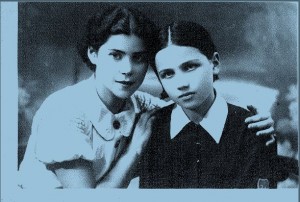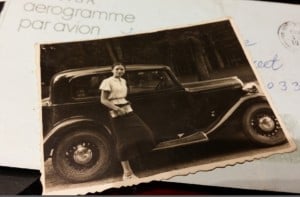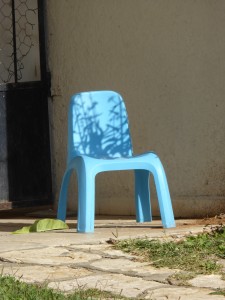
Note: This is part two of a new Saturday series, in which I, with crowdsourcing help, try to unravel the mysteries hidden in previously unknown letters written by my mysterious step-great aunt Dvora /Dora before and during WWll in Poland. For further explanations see previous post.
In the first quote, Dora writes that she graduated from high-school on May 31, 1938. My question was whether it was reasonable to assume that she was 18 – was that the age that people graduated back then as well?
At the moment I do not have an answer but I would meanwhile like to thank Baiba Svenca and Beata Gulati for looking into this question.
Today’s question relates to a word I can’t make out – something Dora received as a graduation gift. Perhaps YOU can figure it out?
In the second part of the letter to New York, dated May 31, 1938, Dora writes (in English, using a dictionary at times, mistakes left as they were) of her bleak prospects for her educational future. Her unknown gift is mentioned at the end:
” But now I have nothing what to do with myself, till today at least I had an occupation and now what I have to do? To study in the university I have not money and also a place, because in Poland Jews are not accepted willingly at the university. Besides this it is not safe because each day I can get with a stone in the head. My studies must remain only a dream.
… How do you do? In America must already be hot. Do you bathe this year in the river? Becasue I did not take any bathes here is almost cold… I got a beautiful veticule from Bluma’s friend the day when I passed the examination. “
Here’s a screen shot of her handwriting. Perhaps it says “reticule”? It doesn’t look like an “r” and that’s a very odd word (which I just learned of now, as I write) but that would mean a type of handbag, perhaps. What do you think?


















